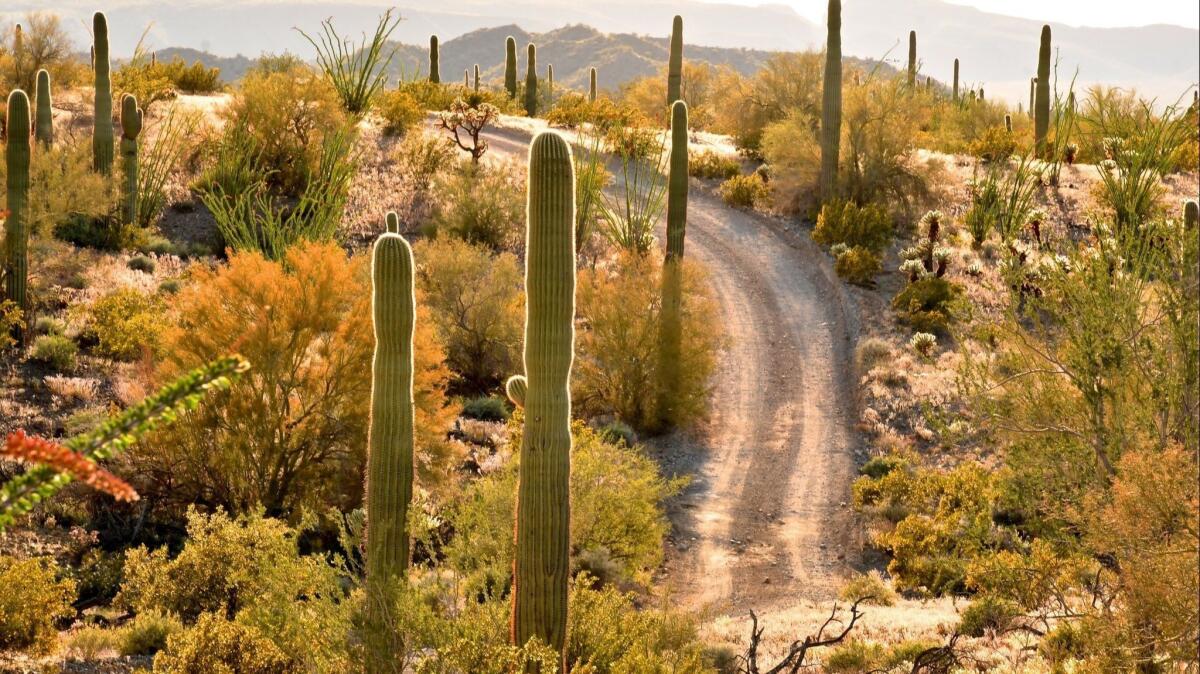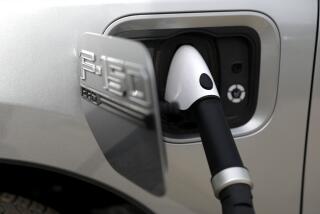Big highways blah? Don’t dis them. Why and when to travel interstates--happily

When we think about road trips — and, now that schools are out or mostly so, we may be — we rarely think about the road itself, especially the big, rumbling, boring interstates that lace together our country.
Why should we? They’re the method, not the merriment.
But consider this: More than half of traveling families will vacation by car this year, AAA reported, as they explore America. For this we must thank President Eisenhower (with a tip of the hat to his predecessors) for this amazing grid of roadways. The interstate highway system is the mother of Road Trip 2.0, which means the big roads often do the work of getting us to the two-lanes of blacktop where the adventure begins.
The need for a network of roads became clear as the number of privately owned automobiles grew from 20 million in 1927 to 54 million in 1956, according to the Federal Highway Administration.
With other things occupying the national agenda — economic recovery and World War II, not the least among them — the initiative did not get off the ground until 1956 with the Dwight D. Eisenhower National System of Interstate and Defense Highways, the largest public works project in U.S. history and, some would say, in the world.
We tend to take for granted now this system of interstates that crisscrosses our country and makes the movement of goods and people possible. Or we think of highways as necessary nuisances, traffic-clogged and always under construction.
We often modify their names with unkind or, in a family newspaper, unspeakable words as we grind through the backups that separate us from home or work.
Helen Miller’s reaction to this this new phenom was quite different. She was a teenager in the 1960s but didn’t yet have a driver’s license when a stretch of the interstate opened near her home in Brookville, Ohio.
Her friend Marie Mohler took the wheel, and the two hopped in what Miller called a “big old boat of a car” and drove about 20 miles across the state line to Indiana.
For Miller, now 70, it was a thrill that no theme-park ride could equal, she said as we chatted one recent Sunday morning in Abilene, Kan., where Eisenhower spent part of his growing-up years. She opened my eyes anew to the awe of the accomplishment and the possibilities created.
The roads not only changed the way we traveled, but they also changed the face of the United States. When the interstate bypassed a town, that spelled trouble. The highways made suburbs, for good or evil, part of our everyday landscape.
And perhaps, most important,they solidified our love affair with the automobile, Kat Eschner wrote in Smithsonian magazine.
“While earlier in American history, driving was portrayed as an excursion that involved skill and might have some degree of unpredictability, the interstates imposed a system of standardized landscape across the country — same wide roads, same rules, for the most part even the same signs,” Eschner said.
Those red, white and blue highway signs had a system to them. Even-numbered interstates run east and west, and odd ones run north and south. That made getting lost less likely, although, as my family can tell you, not impossible.
But the organization came with a downside, voiced by John Steinbeck in Eschner’s article: “When we get these thruways across the whole country, as we will and we must,” he wrote in “Travels With Charley: In Search of America,” “it will be possible to drive from New York to California without seeing a single thing.”
I would beg to differ.
I recently drove about 160 miles of Interstate 70 from the Kansas City, Mo., airport to Abilene. It was a quiet Thursday afternoon, a little gloomy, the sun darting behind clouds only to make a special appearance every minute or two. The speed limit was 75 in some places, 65 in others. It felt like a luxury.
On this edge of the Kansas Flint Hills, cattle grazed, their black hides set against the spring green of the grass. Birds wheeled overhead.
Every few miles there was a sign for something I wanted to stop and see, including Brown v. Board of Education National Historic Site and the Eisenhower Presidential Library and Museum in Abilene.
For travelers, that is really the point: Today’s special road-trip issue is filled with ideas for seeing America in ways that weren’t possible seven decades ago. Our interstate highways are portals to pleasures that await, from the desert Southwest to the chill Pacific Northwest and places in between.
By all means, travel the back roads of the West this year. Enjoy wildflowers, antiques, trains, travel by RV and more. And know that your trip just may be smoother and more enjoyable thanks to a vision that continues to unite us.
More to Read
Sign up for The Wild
We’ll help you find the best places to hike, bike and run, as well as the perfect silent spots for meditation and yoga.
You may occasionally receive promotional content from the Los Angeles Times.







